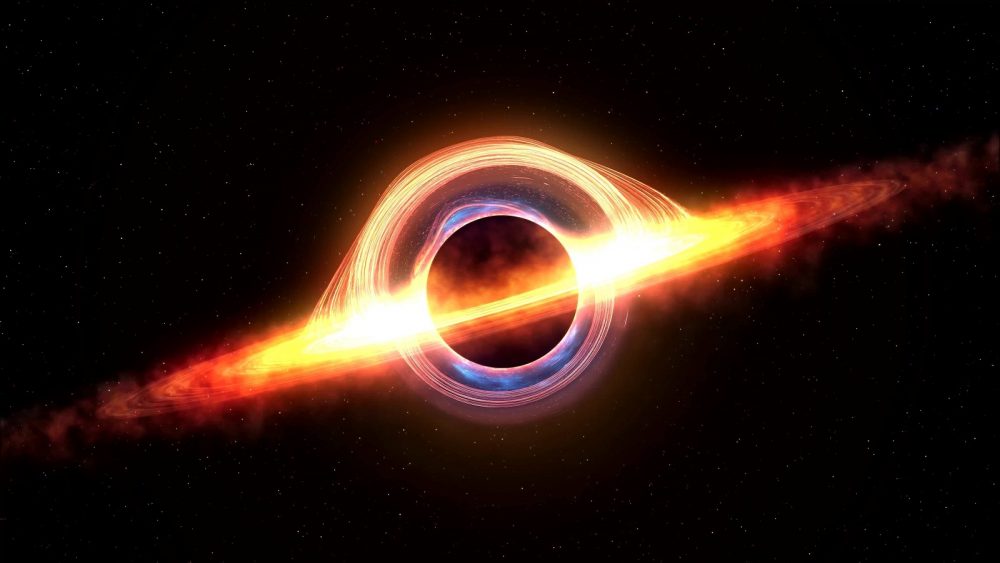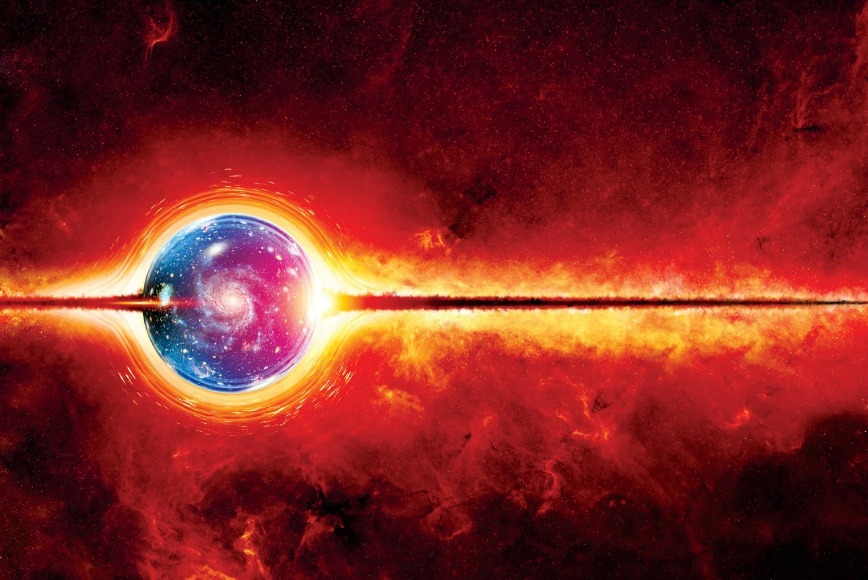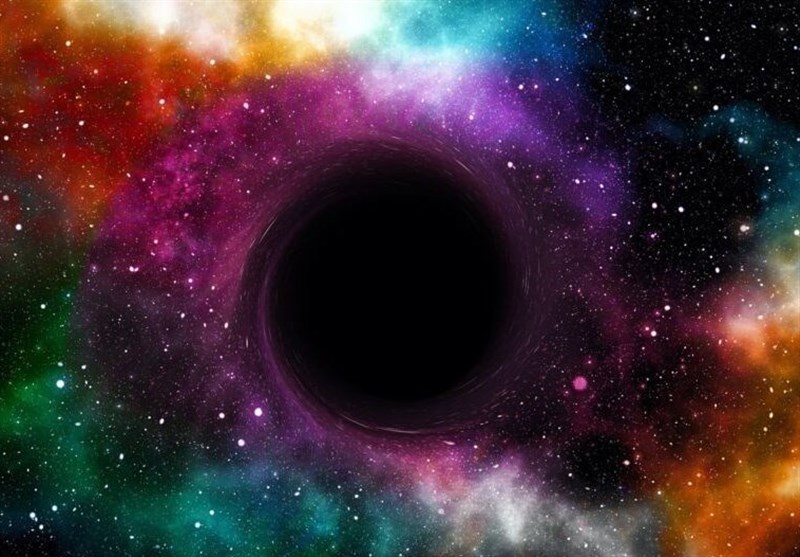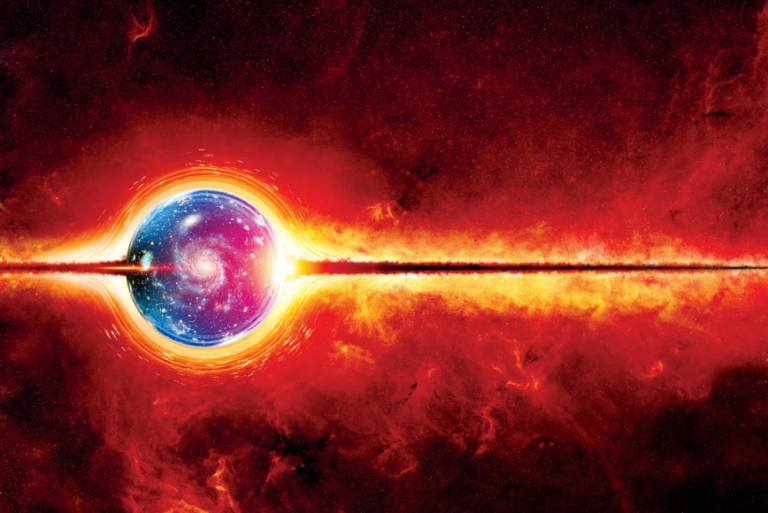Black Holes and Holograms: A New Theory That Changes Our Understanding of the Universe
Black Holes just got even more mysterious, yet way more understandable.
Black Holes, according to scientific theory, function somewhat similarly to holograms in that all the data necessary to create a three-dimensional image is stored on a two-dimensional surface. According to recent study connecting two competing ideas that was published in Physical Review X.

As quantum theories command, black holes could be incredibly complex and concentrate an enormous amount of information in two dimensions, in a similar way to the largest hard drives in existence today.
This precise idea aligns with Einstein’s theory of relativity, which describes black holes as three-dimensional, simple, spherical, and smooth, something that we actually managed to see when astronomers published the very first image of a black hole, back in 2019.
In other words, black holes seem like holograms, which are three-dimensional.
Black holes are difficult theoretical issues for astrophysicists for a variety of reasons. In merging the concepts of Einstein’s general theory of relativity with those of quantum mechanics of gravity, they serve as outstanding examples of the grand dilemmas of theoretical physics.

Black holes are thought to be basic entities with no information, according to current thinking. They are the most complicated systems now in existence, according to quantum physics, as Jacob Bekenstein and Stephen Hawking postulated. This is because they exhibit extremely high entropy, which is a measure of system complexity, and as a result, have a lot of information.
Scientists from the INFN (Instituto Nazionale de Fisica Nucleare) and SISSA (International School of Advanced Studies) employed a concept known as the holographic principle, which was first proposed 30 years ago, to examine black holes. Francesco Benini and Paolo Milan are the paper’s two authors.
The researchers explained in the new studies that this novel and somewhat counterintuitive principle postulates that the behavior of gravity in a particular region of space can alternatively be expressed in terms of a complex system, which lives only along that region’s edge and, therefore, in one less dimension.

Most crucially, the researchers clarify that gravity is not explicitly mentioned in this alternative definition (known as holographic). To avoid conflict with quantum physics, the holographic principle enables us to explain gravity using terminology that does not include gravity.
Confusing? Although it may appear to be, it is not. Benini and Milan have applied the holographic principle hypothesis to black holes. By focusing on the idea that these bodies have high entropy and considering them in terms of quantum mechanics, we are able to describe them as a hologram: they have two dimensions, in which gravity vanishes, but they replicate an object in three dimensions. In this way, their mysterious thermodynamic properties have become more understandable.
There’s more, though. a much more.
The new research’ authors claim that this is just the beginning of a journey towards a fuller comprehension of these cosmic entities and the characteristics that define them at the point where quantum physics and general relativity converge.
Do not forget to share your opinion with us to provide you with the best posts !




0 Comments